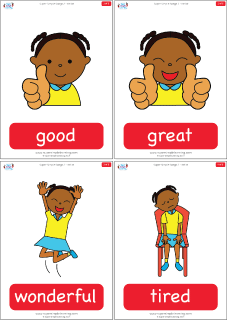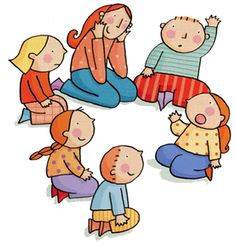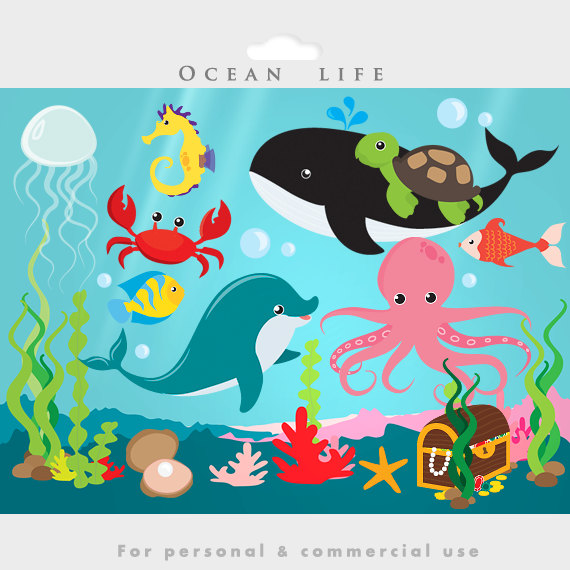One of the most dreaded questions in every English teacher’s arsenal is: How are you?
From an extremely young age, students are asked this question and given the magic response “I’m fine,” which then grows into “I’m fine, thank you,” and stagnates at “I’mfinethankyouandyou?”
(And we are all aware of the vicious cycle known as andyouism.)

The great news is that, with young learners, we can attempt to eradicate this epidemia before it begins. Today, we bring you a new part of your class routine: “How are you?”
With children who are three and four years old, you can already get them telling you how they really are, instead of that they are “fine.” (And if this doesn’t have you jumping on your chair, read on…)

Super Simple Learning makes a wonderful set of flashcards that you can print, laminate, and use every day for this part of your class routine. Find them here.

After singing a hello song and making a circle, we review the emotions flashcards and make hand play for each one that they have learned. So, “I’m good” is one thumb up, “I’m great” is two thumbs up, “I’m wonderful” is reaching up to the sky, etc.
Once we’ve reviewed, we ask the student on our left, “How are you?” and (especially at the beginning) show them the options on a flashcard. They answer and then ask the next student (lots of times, we model the first few times with, “Ana, ask Carlos, ‘How are you, Carlos?'”). Go around the circle before moving on to your next activity.
With three and four year olds, we generally use “good,” “great,” “wonderful,” and “not so good.” With older students, you can incorporate even more emotions.
When a student answers with the dreaded “I’m fine, thank you,” we often try to mimic their answer, but exaggerating their style (very fast, very quiet, very sad, etc.) It gets them laughing and very interested.
When they discover that saying “I’m fine, thank you” is way more funny than “I’m good” or “I’m great,” then we incorporate high fives for those students that answer correctly on the first try.
Soon, you’ll be knowing more about your students’ emotions and hearing less of the dreaded “I’m fine, thank you. And you?”












